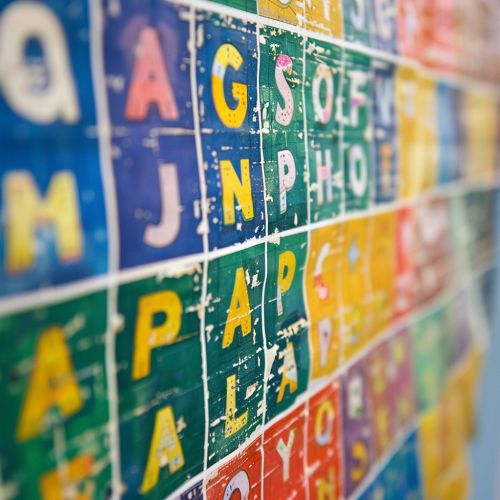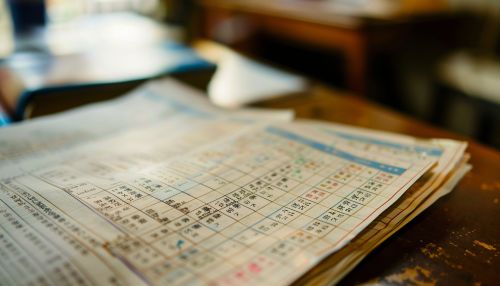International Phonetic Alphabet
Overview
The International Phonetic Alphabet (IPA) is an alphabetic system of phonetic notation based primarily on the Latin script. It was devised by the International Phonetic Association in the late 19th century as a standardized representation of the sounds of spoken language. The IPA is used by linguists, phoneticians, phonologists, lexicographers, foreign language students and teachers, singers, actors, constructed language creators and translators.


History
The IPA was first published in 1888 by the Association Phonétique Internationale (International Phonetic Association), a group of French language teachers founded by Paul Passy. The aim was to create a system that could be used to transcribe the sounds of any spoken language, and that would be more accurate and flexible than previous systems. The IPA has undergone a number of revisions over the years, most recently in 2005.
Structure and notation
The IPA is composed of a set of symbols that represent all the phonemes (distinct units of sound) of all human languages. These symbols are divided into three categories: consonants, vowels, and diacritics.
Consonants
IPA consonants are represented by symbols that are mostly derived from the Latin and Greek alphabets. Each symbol represents a specific place and manner of articulation. For example, the symbol 'p' represents a voiceless bilabial plosive, which is a sound produced by blocking the airflow at the lips and then releasing it.
Vowels
IPA vowels are represented by a set of symbols that are mostly derived from the Latin alphabet. Each symbol represents a specific position of the tongue and shape of the lips. For example, the symbol 'i' represents a close front unrounded vowel, which is a sound produced with the tongue positioned as close as possible to the roof of the mouth in the front part of the mouth, without rounding the lips.
Diacritics
Diacritics in the IPA are used to modify the basic sound that a symbol represents. They can indicate changes in articulation, voicing, pitch, length, and other features of a sound. For example, the diacritic 'ˀ' (a small superscript question mark) represents a glottal stop, which is a sound produced by blocking the airflow in the vocal tract.
Usage
The IPA is used by linguists and other researchers to accurately and consistently transcribe the sounds of any spoken language. It is also used in dictionaries and language textbooks to indicate the pronunciation of words. In addition, the IPA is used in the teaching of singing and acting to help students produce foreign language sounds accurately.
